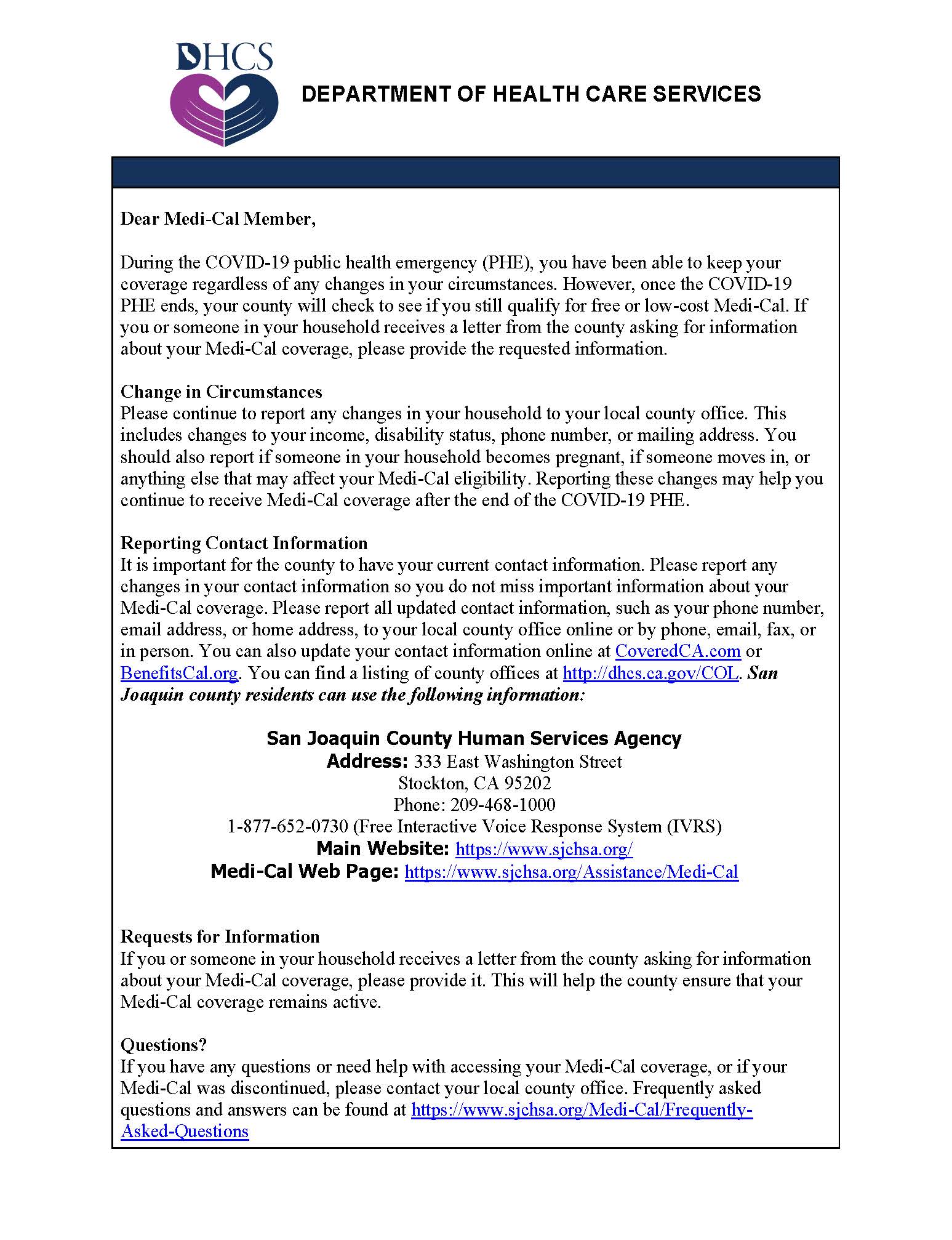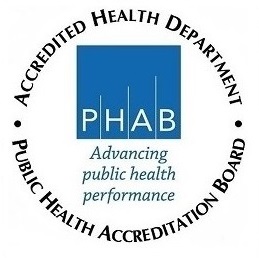Storm
Before The Storm
- Be aware of streets, parks, drainage channels, basements, garages and other
low-elevation spots that could flood.
- Store emergency items in a safe place. First-aid kit and essential medicines.
Food (packaged, dried, canned, or special-diet). Portable radio, flashlights,
extra batteries.
- Store drinking water in closed, clean containers in case water service
is interrupted. Allow one gallon of water per person per day for at least three
days.
- Prepare written instructions on how to turn off electricity, gas and water
if authorities advise you to do so. (Remember, you'll need a professional
to turn them back on.)
- Keep insurance policies, documents and other valuables in a fire-proof
safe-deposit box.
- For information on sandbags such as where to get sand and sandbags, proper placement and filling of sandbags and where to get supplies, visit the San Joaquin County Office of Emergency Services website and click on Supplies section.
During The Storm
- If water has entered a garage or basement, do not walk through
it.
- Do not try to drive over a flooded road. If your car stalls, abandon it
IMMEDIATELY. Attempting to move a stalled vehicle in flood conditions can
be fatal.
- Check the San Joaquin County Office of Emergency Services website, local radio stations (KSTN 1420AM / 105.9FM) and TV channels for emergency advisories and instructions.
- If you are asked to leave your property, disconnect all electrical appliances.
And, if advised by your local utility, shut off electric circuits at the
fuse panel and gas service at the meter.
- Avoid downed power lines and broken gas lines. Report them immediately.
After The Storm
- DO NOT TURN GAS BACK ON YOURSELF. Call your utilities provider.
- Avoid direct contact with floodwater-it can contain harmful contaminants,
including bacteria and parasites.
- Do not use fresh foods or canned goods that have come in contact with floodwaters.
- Follow local instructions regarding the safety of drinking water. If in
doubt, boil or purify water (16 drops of liquid bleach per gallon) before
drinking.
- Do not handle live electrical equipment in wet areas. Have them checked
before use.
- Make sure tetanus immunizations are up to date for any person who is exposed
to flood waters. If you become ill with fever, nausea, vomiting or diarrhea
contact your health care provider.
- Flooded buildings should be pumped out, disinfected and dried as quickly
as possible to prevent mold.
- Wear protective clothing, including heavy gloves, to remove wet materials
that may become contaminated. Put them in sealed impermeable bags or closed
containers.
- Wash all floors,walls and household articles affected by floodwaters with
a solution of two capfuls of household bleach per gallon of water.
- The most important thing you can do to prevent mold growth is to remove
the source of water and dry out your home within 48 hours
DEPARTMENT OF HEALTH CARE SERVICES
ATTENTION MEDI-CAL RECIPIENTS!

|
|
|


